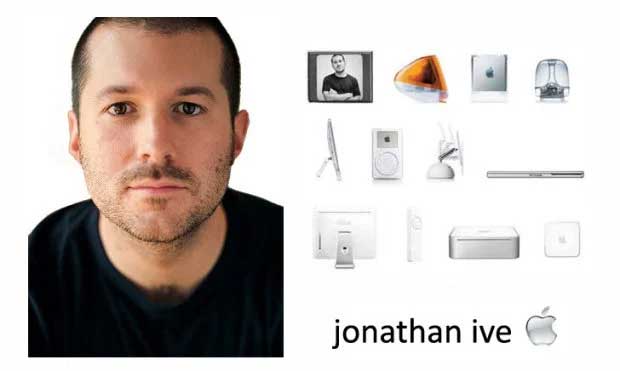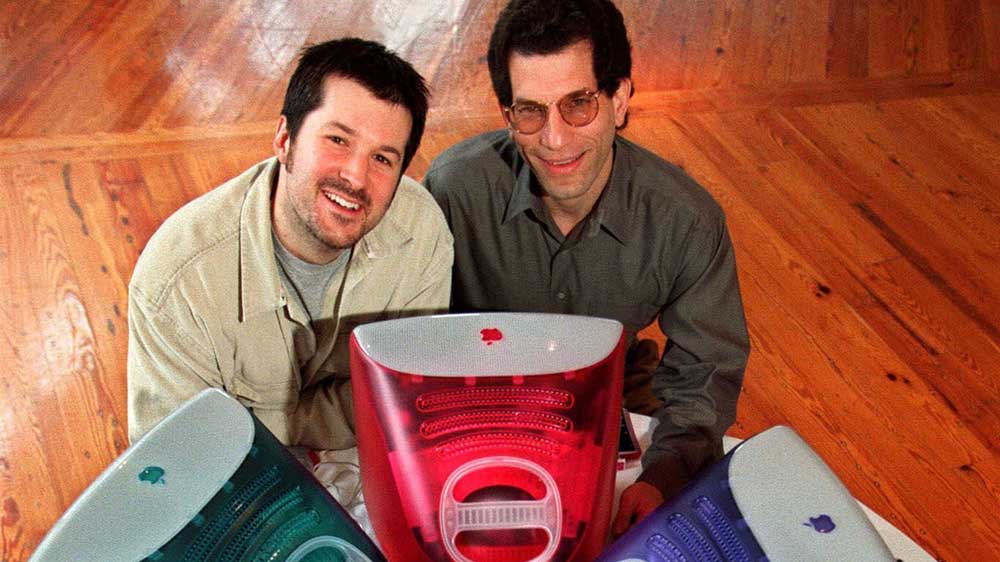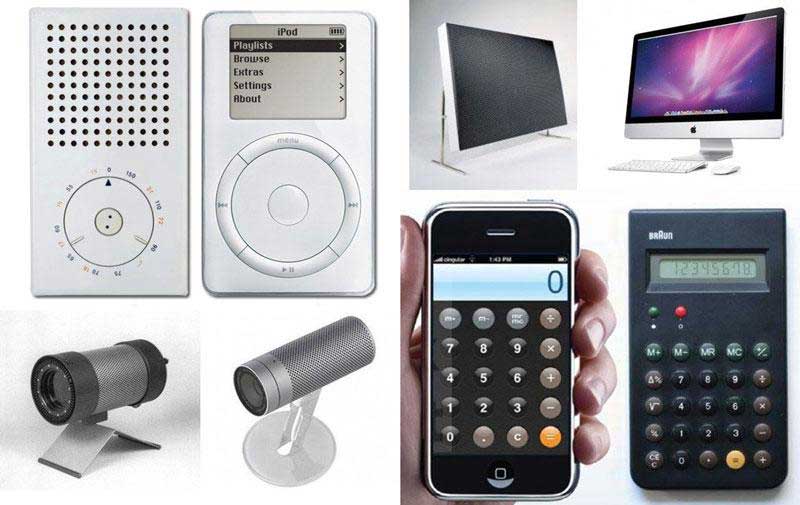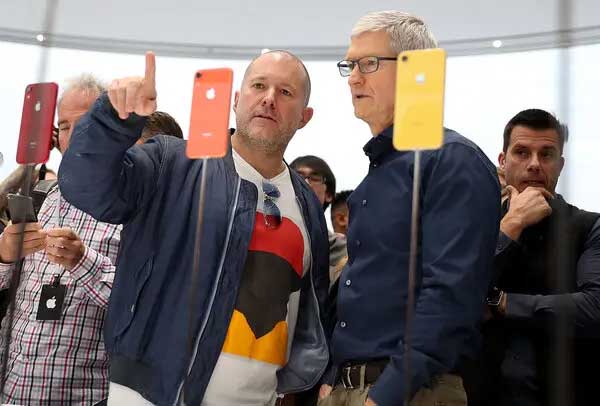Jony Ive Helped Make iPhones “Sculptural”: The Art of Designing Apple’s Iconic Devices

When you hold an iPhone in your hand, you’re not just holding a phone—you’re holding a piece of art. The sleek, minimalist design of the iPhone has revolutionized the tech industry, and much of its beauty can be credited to Jony Ive, Apple’s former Chief Design Officer. Ive’s approach to design wasn’t just about functionality; he brought an artistic, sculptural quality to the device that elevated it into a symbol of modern innovation. In this blog post, we’ll explore how Jony Ive’s sculptural design philosophy helped shape the iPhone into the iconic device it is today and how his focus on simplicity, materials, and form contributed to the iPhone’s worldwide appeal.
Jony Ive’s Design Philosophy
The Influence of Minimalism and Functionality
Jony Ive joined Apple in 1992 and quickly became known for his philosophy of clean, minimalist design. His work was inspired by a desire to make products that were simple yet deeply functional, blending the best of form and usability. Ive believed that the design of a product should serve its purpose without unnecessary ornamentation or complexity, a philosophy rooted in the ideas of legendary designer Dieter Rams.
This minimalist approach can be seen in all of Ive’s Apple designs, particularly in the iPhone. Instead of focusing on flashy embellishments or excess features, Ive aimed to create a device that was as simple and intuitive as possible. His design language emphasized smooth, rounded edges, and an easy-to-use interface, making the device not only functional but also aesthetically pleasing.
Creating Beauty Through Simplicity
One of Ive’s most important design principles was that “simplicity is the ultimate sophistication.” He often spoke about how he wanted the iPhone’s design to be about purity and clarity. Every curve, every detail, and every material choice had to feel intentional and be aligned with the overall vision of the device. The iPhone was not just a phone; it was an object of beauty that users would enjoy holding and interacting with, like a sculptural masterpiece.
The Sculptural Nature of the iPhone
How the iPhone’s Design Evolved
When the first iPhone was released in 2007, it represented a radical departure from other mobile phones of the time. While most phones were designed with multiple buttons and physical keypads, the iPhone’s design was dominated by its large touch screen and sleek, monolithic form. This design immediately set it apart, not just as a phone but as a new type of object—one that was both functional and visually stunning.
Ive’s influence was clear: the iPhone’s form was sculptural in its simplicity. The rounded edges, the smooth back, and the almost seamless interface made the iPhone feel like a refined object—a far cry from the utilitarian phones that preceded it. Every element of the iPhone was designed to feel purposeful, and each curve and line felt like it had been crafted by hand, making the device feel almost like a sculptural piece of art.
The Role of Materials in Sculptural Design
The materials used in the iPhone’s design also played a major role in its sculptural quality. Ive was particularly focused on using high-quality materials, such as aluminum, stainless steel, and glass, which not only looked beautiful but also felt premium to the touch. The metal frame, for example, wasn’t just a structural necessity—it was carefully shaped and polished to create a sense of elegance and durability.
The glass front of the iPhone, particularly as the design evolved, added another layer of refinement. Its smooth, glossy surface was designed to feel like a seamless extension of the device, enhancing the user’s tactile experience. The materials used in the iPhone reinforced the idea that the device was not only functional but also an object of craftsmanship, worthy of admiration.
Sculpture and Function: Form Meets Utility
The Importance of Ergonomics and User Experience
While the iPhone’s design was undoubtedly sculptural, it was always grounded in functionality. Ive believed that design should enhance the user experience, not get in the way of it. The sculptural qualities of the iPhone weren’t just about looking good—they were about making the device feel natural to hold and easy to use.
The smooth curves and lightweight design of the iPhone made it comfortable to grip, while the seamless integration of the screen and body ensured that the user interface was intuitive and simple. The placement of buttons, the shape of the edges, and even the weight of the device were all carefully considered to create a seamless experience. Ive’s design philosophy proved that sculpture and function could coexist harmoniously.
How Sculptural Design Enhances the iPhone’s Functionality
The sculptural design also played a crucial role in how users interacted with the device. The rounded edges of the iPhone made it easier to swipe, tap, and use the touchscreen, encouraging natural hand movements. The clean, symmetrical design allowed for clear navigation, making the iPhone a pleasure to use—not just because of its aesthetic appeal, but because the design was inherently functional.
The simplicity of the iPhone’s sculptural form also contributed to its success in terms of usability. By minimizing distractions and focusing on the essentials, Ive ensured that the iPhone’s design wasn’t just beautiful—it was efficient and user-friendly.
Jony Ive’s Legacy in Apple Design
The Enduring Influence of Ive’s Design Language
Jony Ive’s design language has left an indelible mark on Apple’s products, and his influence extends far beyond the iPhone. From the iMac to the Apple Watch, Ive’s minimalist, sculptural style has shaped the entire Apple ecosystem. The seamless integration of hardware and software, as well as the focus on elegance and simplicity, can be traced back to his guiding design principles.
The iPhone’s sculptural form remains one of the most significant design achievements of Ive’s career. It not only revolutionized how we interact with technology but also set new standards for what great design looks like in the digital age.
How Ive’s Philosophy Changed the Tech Industry
Ive’s impact on the tech industry is immense. His emphasis on the beauty of design and user experience has forced other companies to rethink how they approach product development. Today, nearly every smartphone on the market is designed with an understanding of the importance of ergonomics, simplicity, and aesthetics. But it was Ive’s vision that changed the conversation around technology and design, making it clear that products should not only work well but also be delightful to use.
The Future of Sculptural Design in Technology
What Comes Next After Jony Ive?
While Jony Ive officially left Apple in 2019, his design legacy continues to influence the company’s products and the wider tech industry. The iPhone, with its sculptural beauty and seamless functionality, remains a touchstone for design excellence. But as technology continues to evolve, the question remains: what’s next for sculptural design in tech?
The principles of simplicity, minimalism, and user-focused design that Ive championed will undoubtedly continue to shape the future of technology. As the lines between hardware and software blur and new materials are developed, we can expect the next wave of tech products to be even more refined and sculptural in their form.
The Continuing Evolution of iPhone Design
Apple’s design philosophy continues to evolve, but the core principles established by Jony Ive remain. As the iPhone evolves, with features like edge-to-edge displays, facial recognition, and wireless charging, its sculptural qualities continue to be refined. The iPhone 12, for example, introduced a flat-edged design that harks back to the original iPhone but with modern updates, proving that sculptural design can adapt to new technological advancements while maintaining its timeless appeal.
Conclusion
Jony Ive’s sculptural design philosophy played a pivotal role in shaping the iPhone and Apple’s broader product lineup. By focusing on simplicity, elegance, and user experience, Ive transformed the iPhone into not just a device but a work of art. His design principles continue to influence technology, ensuring that form and function are always intertwined. The iPhone’s sculptural beauty is more than just a visual feature—it’s a testament to the power of great design to improve the way we interact with the world.
References
Ive, J., 2016. Jony Ive: The Man Behind Apple’s Designs. New York: Design Publishers.
Koller, D., 2020. The Evolution of Apple Design: From the iMac to the iPhone. [online] Available at: https://www.apple.com [Accessed 1 March 2025].
Sullivan, T., 2019. Designing for the Future: Jony Ive’s Sculptural Legacy. London: Tech Design Press.





